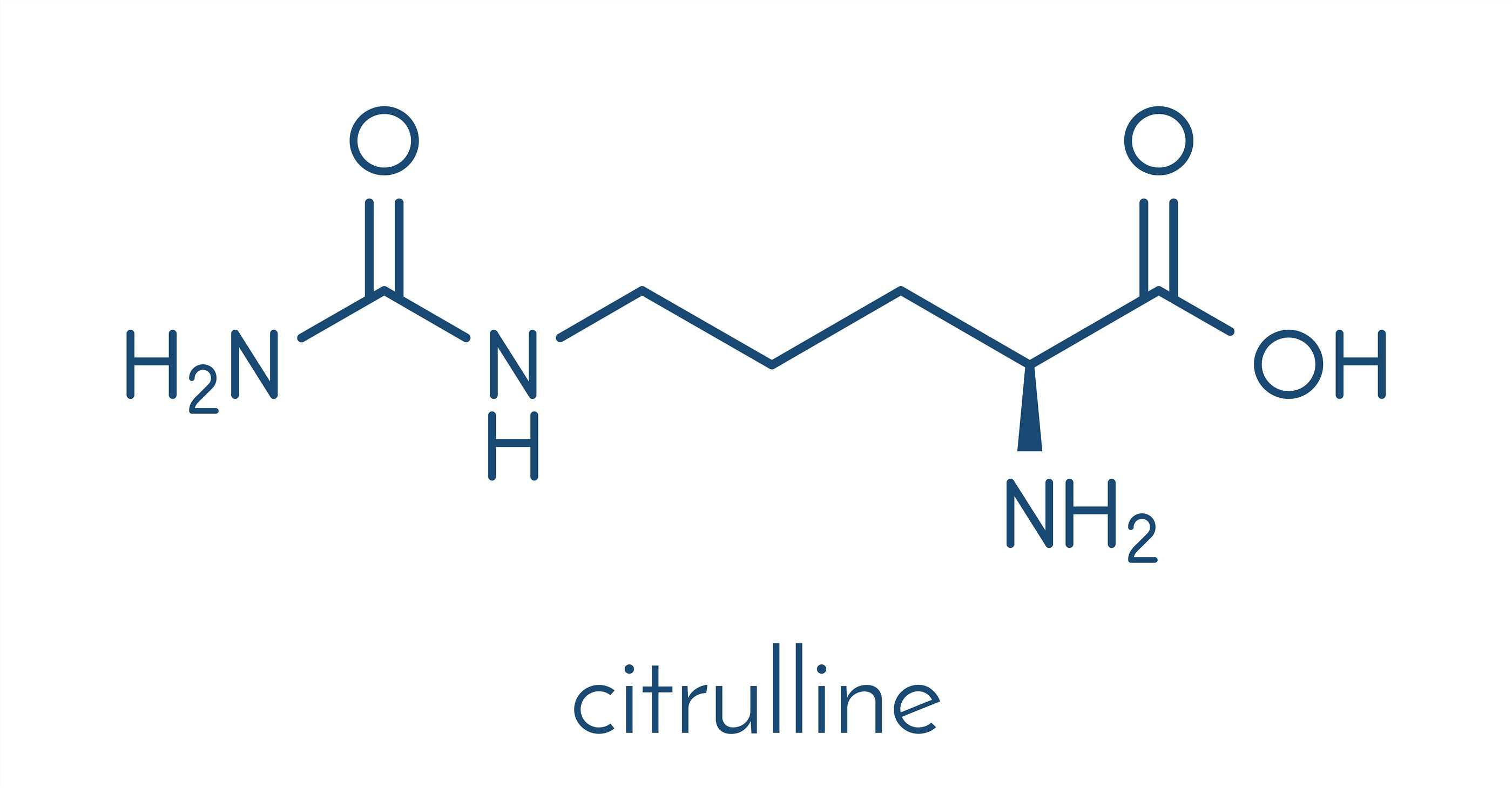Citrullination is an irreversible protein post-translational modification (PTM), also known as a deamination reaction. It was initially described in 1958. As research advanced, scientists discovered its significant regulatory roles in various physiological and pathological processes, including immune diseases, inflammatory diseases, central nervous diseases, cancer, and other ailments. Leveraging our hybridoma platform and phage display platform, Creative Biolabs aims to offer you a comprehensive selection of citrullination-specific antibodies.

Citrullination is a less-explored post-translational modification (PTM). The specific process of citrullination is catalyzed by peptidylarginine desulfhydrases (PADs), which convert the amino acid arginine in proteins into the amino acid citrulline. PADs belong to a conserved family of calcium-dependent cysteine hydrolases. This family includes PAD1, PAD2, PAD3, PAD4, and PAD6, with PAD6 being the catalytically active enzyme found in various human cell types. PAD6 exhibits a highly tissue-specific expression pattern, performing diverse functions. Among the PAD enzymes, only PAD2 and PAD4 isozymes contain nuclear localization signals, directing them to the nucleus where they deiminate histones H1, H3, and H4. PADs are involved in numerous physiological processes. For example, PAD1 and PAD3 participate in skin differentiation and the terminal differentiation of keratin-forming cells. PAD2 is associated with involved in brain and nervous system functions. Both PAD2 and PAD4 contribute to immune cell differentiation. PAD4 is specifically involved in immune response and neutrophil extracellular trap formation, while PAD6 plays a role in maintaining the normal functions of the female reproductive system.
Since citrulline is not one of the 20 major amino acids encoded by DNA, peptidyl citrulline is only present in proteins after peptidyl arginine deamination. Citrulline is also a metabolite of the urea cycle, a metabolic pathway that mediates the detoxification of ammonia secreted in the urine into urea. The chemical mechanism of the deamination reaction is based on the substitution of a primary ketone group by a ketone group, resulting in the loss of the positive charge of arginine and the production of ammonia. Citrulline, unlike positively charged arginine, is neutral. the loss of positive charge caused by citrullination leads to electrostatic and conformational changes in the modified protein, affecting its function by altering the binding sites, protein-protein interactions, and susceptibility to degradation. Citrullination greatly reduces the amino acid isoelectric point, which affects the acidity of the protein and its potential to form hydrogen bonds and electrostatic interactions between amino acids.
As research has progressed, the role of citrullination has become increasingly clear. For example, it can regulate the state of chromatin and, thus, cellular metabolism and gene expression by affecting different pathways. It is also involved in the pathological development of a variety of diseases, such as inflammatory diseases, immune diseases, and cancer. Excessive guanosine protein, for instance, is a feature of most immune diseases. Under normal conditions, the human immune system does not respond to citrullinated proteins on its own. However, because guanine formation severely affects protein structure and folding, some epitopes may change or new epitopes may form during protein citrullination. This, in turn, may trigger an immune response against the guanine host protein, leading to an abnormal autoimmune response. Abnormal PAD activity is associated with various immune diseases, including rheumatoid arthritis, multiple sclerosis, systemic lupus erythematosus periodontitis, psoriasis, and inflammatory bowel disease. The effect of citrullination on immune diseases can have different effects. While citrullination facilitates the enhancement of host immunity during the early stages of pathogen invasion, citrullination-driven extracellular traps of neutrophils can also adversely affect the host.
Citrullination can be studied in depth by using citrullination-specific antibodies to gather more information about this process. Generally, citrullination-specific antibodies are effective in recognizing guanine residues on proteins, allowing for the measurement of the level of citrullination.
At Creative Biolabs, we possess extensive knowledge and experience in the discovery of PTM specific antibody. We would be delighted to engage in a discussion with you regarding our expertise and experience in citrullination-specific antibody development.
All listed services and products are For Research Use Only. Do Not use in any diagnostic or therapeutic applications.